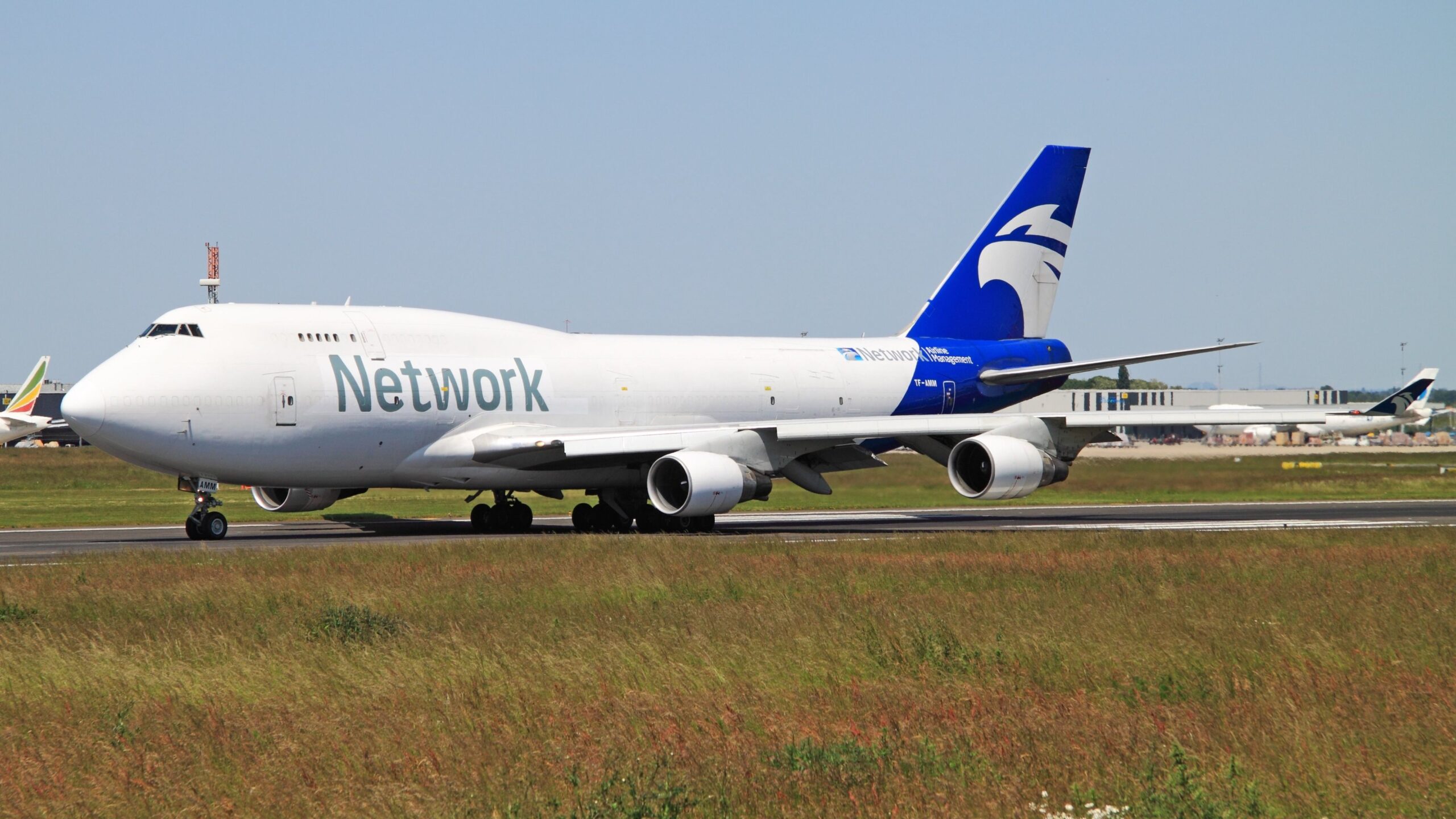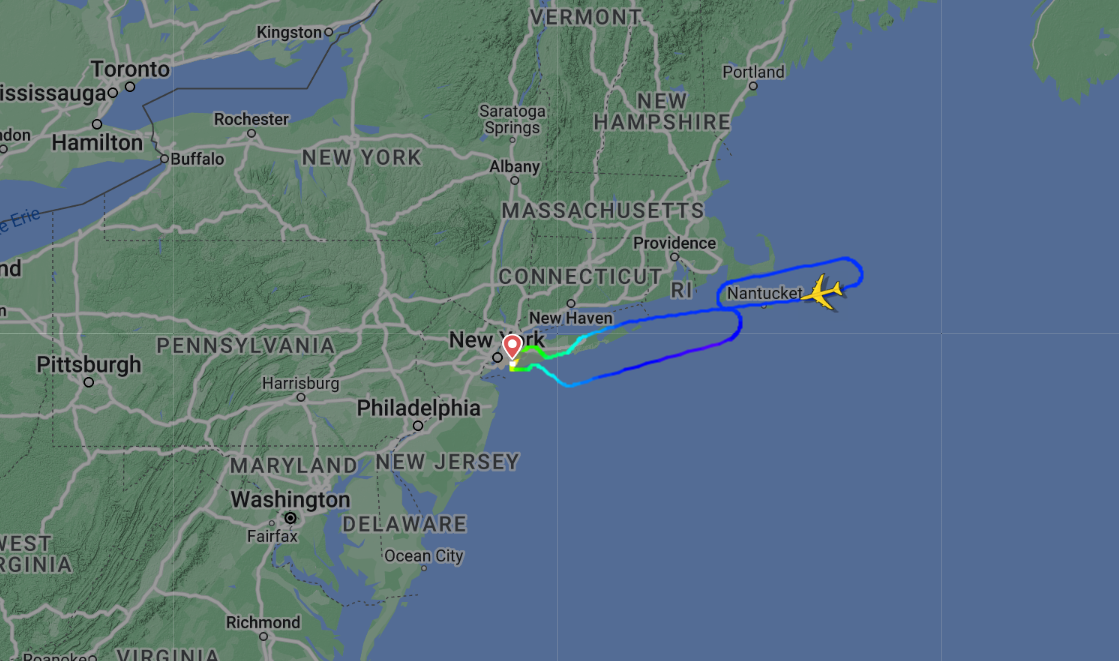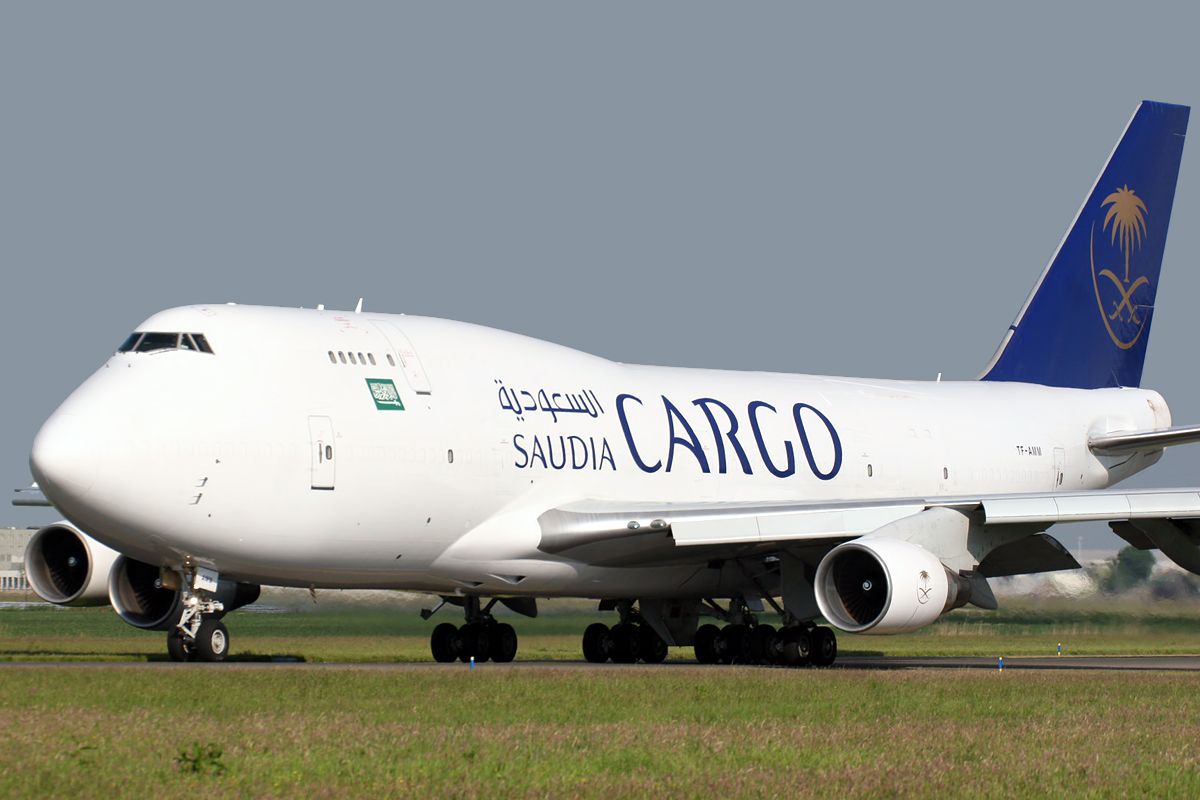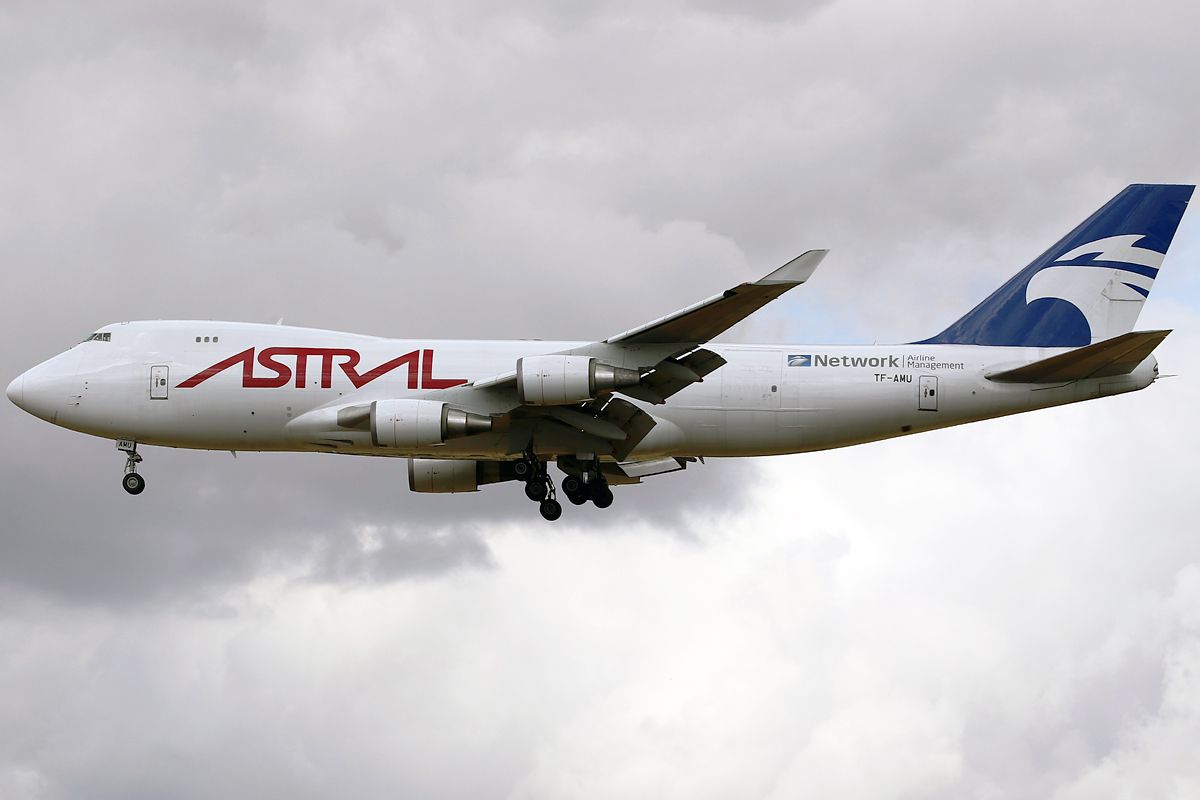Summary
- A Boeing 747 cargo plane had to return to New York after a horse escaped in the cargo hold.
- The aircraft was en route to Belgium when the decision was made to turn back after only 35 minutes in the air.
- The horse’s fate is unknown, but the aircraft later completed its journey to Belgium after a two-hour delay.
A Boeing 747 cargo aircraft was forced to return to New York (JFK) after a horse escaped in its cargo hold. Flight CC4592, operated by Air Atlanta Icelandic on behalf of Network Aviation Group, was bound for Liege (LGG) in Belgium.
The crew were reportedly unable to bring the horse under control, and so the decision was made to return to the flight’s departure point. The aircraft had been in the air for just 35 minutes and had reached an altitude of 31,000 ft when it turned back, landing once again at John F. Kennedy International Airport just under one hour later. It is not known what happened to the horse after landing.
Flight CC4592’s routing can be seen on Flightradar24:
According to air traffic control recordings, as reported by You Can See ATC, the pilot of the Air Atlanta Icelandic can be heard saying,
“We are a cargo plane with a live animal, a horse, onboard. The horse managed to escape its stall. There’s no issue with flying, but we need to go back to New York as we can’t resecure the horse.”
After approximately two hours on the ground, the aircraft departed once more for Liege, this time landing successfully at the Belgian airport after a six-hour flight. The incident took place on November 9th, but has only just surfaced in the media.
TF-AMM – a brief history
The Boeing 747-400BDSF involved in last week’s incident is registered as TF-AMM. Data from ch-aviation shows that the aircraft was delivered to Malaysia Airlines in October 1993, where it remained for 14 years, operating passenger services. In 2007, it was reconfigured to a cargo aircraft, and went on to operate for World Airways before moving over to Air Atlanta Icelandic in March 2014. The airline has since deployed TF-AMM on cargo services with a number of airlines, including Saudia, Astral Aviation, and now Network Aviation.
The cargo conversion on TF-AMM was carried out by BeDek, which led to the aircraft being labeled a 747-400BDSF (BeDek Special Freighter). Since the incident on November 9th, TF-AMM has gone on to operate a series of cargo services across the Atlantic and throughout Africa. Its recent destinations include Atlanta (ATL), Accra (ACC), and Nairobi (NBO).
Air Atlanta Icelandic and the Boeing 747-400BDSF
Air Atlanta Icelandic operates a fleet of four 747-400BDSFs, with an average age of 29 years old. These are in addition to eight other 747-400 cargo aircraft. Air Atlanta Icelandic was founded in 1986, and although it is today primarily a cargo airline, it has operated flights on behalf of a number of passenger airlines in the past, including Iberia and Air India.
Earlier this year, an Iraqi Airways Boeing 737 experienced a similar incident when a bear escaped from its crate in the cargo hold. However, in that case, nobody realized what had happened until the aircraft had already landed at its destination, Dubai (DXB).
What do you think about this unusual incident onboard an Air Atlanta Icelandic Boeing 747? Do you have any interesting stories of flying with animals? Let us know by commenting below.
Sources: Flightradar24, ch-aviation, The Independent, You Can See ATC




